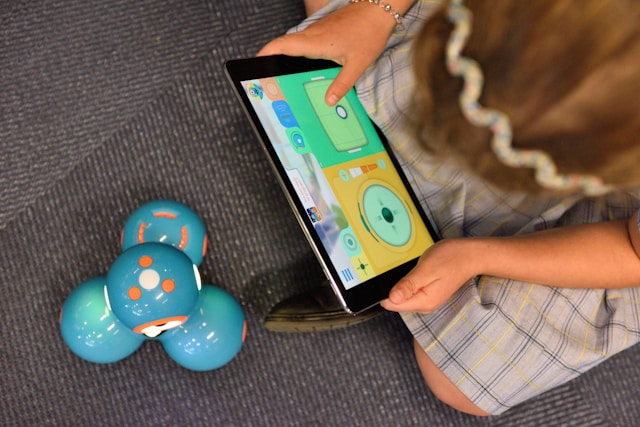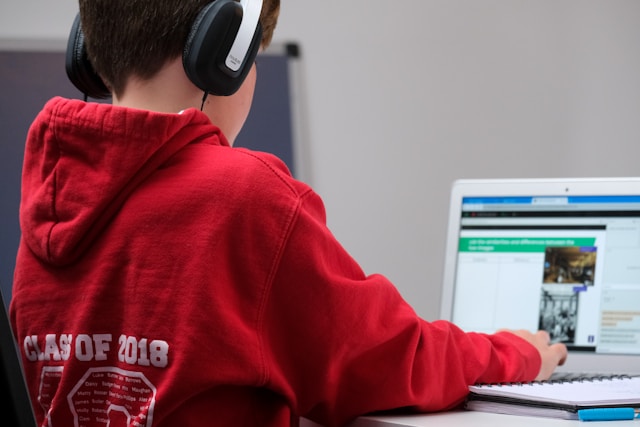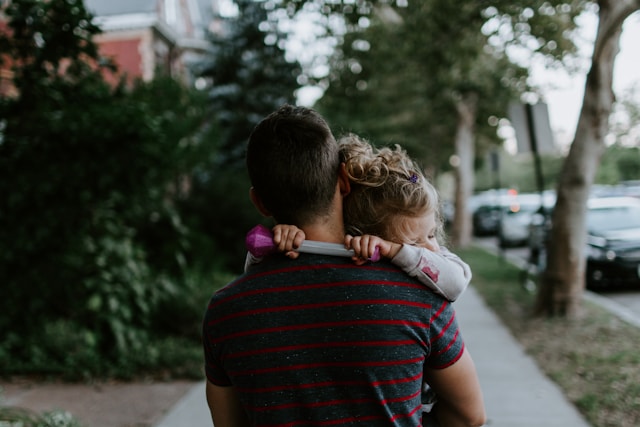
In today’s tech-savvy world, children are surrounded by devices from a very young age, be it smartphones, tablets or computers. With just a few taps or clicks, they can explore infinite information, connect with friends, and share their thoughts and experiences. However, all these activities have a consequence: their online interactions can leave a lasting trail, commonly known as a digital footprint.
This digital footprint is not just a collection of cute selfies or funny comments; it is a record of their online presence that can have real implications for their future. For parents, understanding this concept is crucial-not only to ensure their children enjoy the internet safely, but also to help them navigate the potential pitfalls of their digital shadow. So, let’s break it down in a simple and engaging way, making sure you are informed in guiding your children through the online landscape and their digital footprint.

Simply put, a digital footprint is the trail of data your child leaves behind when they’re online. Digital footprint includes everything from social media posts and comments to online shopping and even the websites they visit. There are two main types of digital footprints:
– Active Digital Footprints: These are created when your child intentionally shares information, like posting on social media or filling out forms.
– Passive Digital Footprints: These occur without their direct input, like tracking cookies or data collected by search engines when they browse the web.
It’s important for parents to understand that even if your child isn’t actively posting, their online activities can still shape their digital footprint.

You might be surprised to learn that those cute baby photos or funny moments shared online can come back to haunt your child in the future. Potential employers, colleges, and even friends can find these posts years later, and they might not reflect the image you want to project. Oversharing can lead to privacy issues, and some personal information can even lead to risks like data breaches.
Additionally, kids often don’t realise that once something is online, it’s challenging to remove it entirely. That’s why it’s essential to have open conversations about what’s okay to share and what isn’t when they have their own social media.
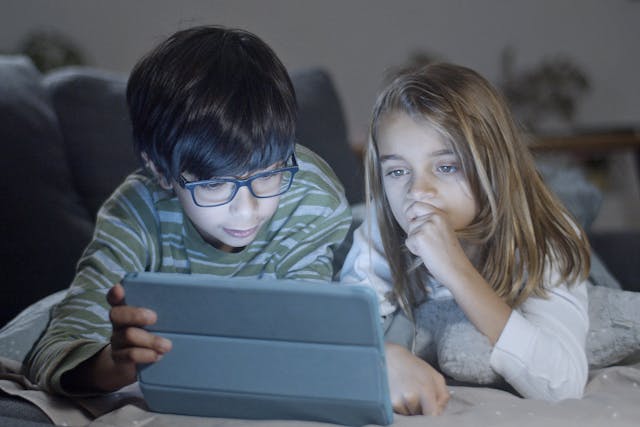
In an age where online activities are part of daily life, ensuring children’s online safety should be a top priority for every parent. Kids are navigating social media platforms and various apps at younger ages than ever before, exposing them to a range of potential risks.
Cyberbullying is one of the most pressing concerns, where hurtful messages or embarrassing posts can deeply affect a child’s mental health. Additionally, they may stumble upon inappropriate content that isn’t suitable for their age, or encounter unwanted interactions with strangers that can lead to uncomfortable or dangerous situations.
A strong digital footprint isn’t just about what they share; it’s also about how they manage their personal information online. For instance, kids might not think twice about sharing their location or personal details, not realising how that could be misused. By understanding what a digital footprint entails, parents can better educate their children about maintaining their privacy online.

Here are some practical tips you can follow to help safeguard your child’s digital identity:
1. Educate Your Kids: Talk to them about what a digital footprint is and why it matters. Use real-life examples they can relate to.
2. Set Privacy Settings: Regularly check and adjust the privacy settings on their social media accounts. Make sure their profiles are set to private, limiting who can see their posts.
3. Think Before You Post: Encourage your kids to consider how a post might affect them in the future. Remind them that not everything needs to be shared online.
4. Monitor Online Activities: Keep an eye on the websites they visit and the apps they use. Tools like parental controls can help manage their online presence.
5. Teach Them About Personal Information: Explain what personal information is and why they should never share it publicly, especially with strangers.
6. Check Your Digital Footprint: Regularly review your family’s digital footprint. Search your names online and see what comes up. It’s a great way to assess the impact of your online activities.
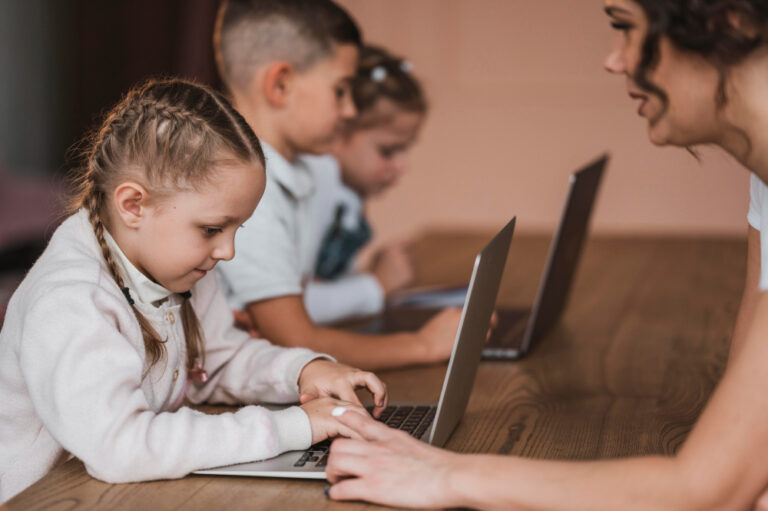
Managing your children’s digital footprints isn’t just about cleaning up past posts; it’s also about creating a positive online presence. Here are some strategies:
1. Encourage Positive Sharing: Help your kids share meaningful experiences or achievements online. This can create a positive digital footprint that showcases their interests and talents.
2. Use Tools and Apps: There are several tools available that can help monitor and manage digital footprints. Look for apps designed for kids that promote safe online habits.
3. Set a Good Example: Be a role model by being mindful of your own online activities. Kids often mimic their parents’ behaviours, so show them how to manage your digital footprint effectively.
Understanding digital footprints is essential for parents who want to guide their children through the online world safely. By having conversations about online safety and taking actionable steps to protect their digital identity, you can help your kids navigate the internet confidently and responsibly.
If you found this article helpful, be sure to explore more parenting tips and insights on Kids.Tech! Let’s make the online world a safer place for our children together.
